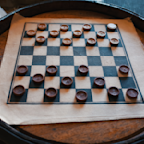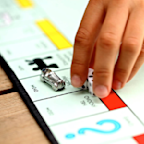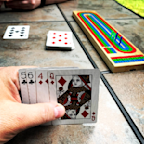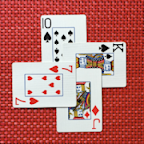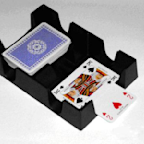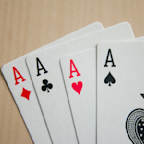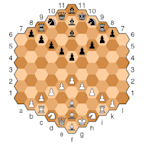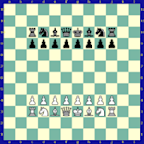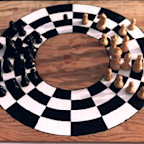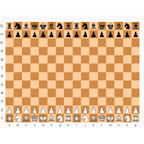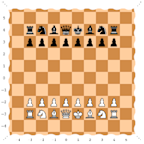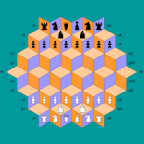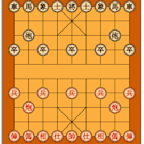Search results
Refine chess table base
Results from the WOW.Com Content Network
In chess, the endgame tablebase, or simply tablebase, is a computerised database containing precalculated evaluations of endgame positions. Tablebases are used to analyse finished games, as well as by chess engines to evaluate positions during play.
ChessBase is a German company that develops and sells chess software, maintains a chess news site, and operates an internet chess server for online chess. Founded in 1986, it maintains and sells large-scale databases containing the moves of recorded chess games.
In 1970, FIDE adopted Elo's system for rating current players, so one way to compare players of different eras is to compare their Elo ratings. The best-ever Elo ratings are tabulated below. As of September 2023, there are 133 chess players in history who broke 2700, and 14 of them exceeded 2800.
Largest rating lead. On the July 1972 FIDE rating list, Bobby Fischer 's rating of 2785 was 125 points ahead of the second-highest rated player, then-reigning World Champion Boris Spassky (2660). [103] Kasparov's biggest lead at his peak was 82 points in January 2000. [104]
A chess table is a table built with features to make it useful for playing the game of chess. They can come in various sizes and shapes, and are usually made of solid wood. They can be found in some cities and other public areas. Most are of a similar size to a picnic table .
Chess theory. The game of chess is commonly divided into three phases: the opening, middlegame, and endgame. [1] There is a large body of theory regarding how the game should be played in each of these phases, especially the opening and endgame. Those who write about chess theory, who are often also eminent players, are referred to as ...
A chess opening theory table or ECO table (Encyclopaedia of Chess Openings) presents lines of moves, typically (but not always) from the starting position. Notated chess moves are presented in the table from left to right. Variations on a given line are given horizontally below the parent line.
A chessboard is a game board used to play chess. It consists of 64 squares, 8 rows by 8 columns, on which the chess pieces are placed. It is square in shape and uses two colours of squares, one light and one dark, in a chequered pattern. During play, the board is oriented such that each player's near-right corner square is a light square.
Not all chess games reach an endgame; some of them end earlier. All chess positions with up to seven pieces on the board have been solved by endgame tablebases , [2] so the outcome (win, loss, or draw) of best play by both sides in such positions is known, and endgame textbooks teach this best play.
Algebraic notation (chess) Algebraic notation is the standard method for recording and describing the moves in a game of chess. It is based on a system of coordinates to uniquely identify each square on the board. [1]

